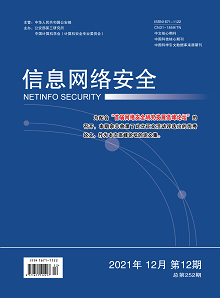In recent years, with the development of deep forgery technology, deep forged content have become more difficult to identify, which has brought severe challenges to the security of information network. Aiming at resolving the difficulty of identifying the content of deep forgery and tampering, as well as the insufficient facial featured extraction and excessive parameter amount in the existing deep forgery detection methods, this paper proposes a deep forgery detection model i_Xception that integrates Xception network, SENet and WSDAN. The model embeds the SE module in the Xception network to extract features, and then uses the WSDAN module to enhance the training images with the guidance of attention, and feeds the augmented images back to the network for training, which improves the detection accuracy of the model. On this basis, this paper designs a lightweight network model i_miniXception by reasonably reducing the depth and width of the Xception network and fusing the above methods, which greatly reduces the parameters of the model. It is verified on the two types of datasets FaceSwap and DeepFakes of FaceForensics++, which are currently widely used in the field of deep forgery detection. The accuracy of i_Xception detection reaches 99.50% and 98.83%, and the accuracy of i_miniXception detection reaches 99.17% and 98.50% respectively, which are better than existing main algorithms.

